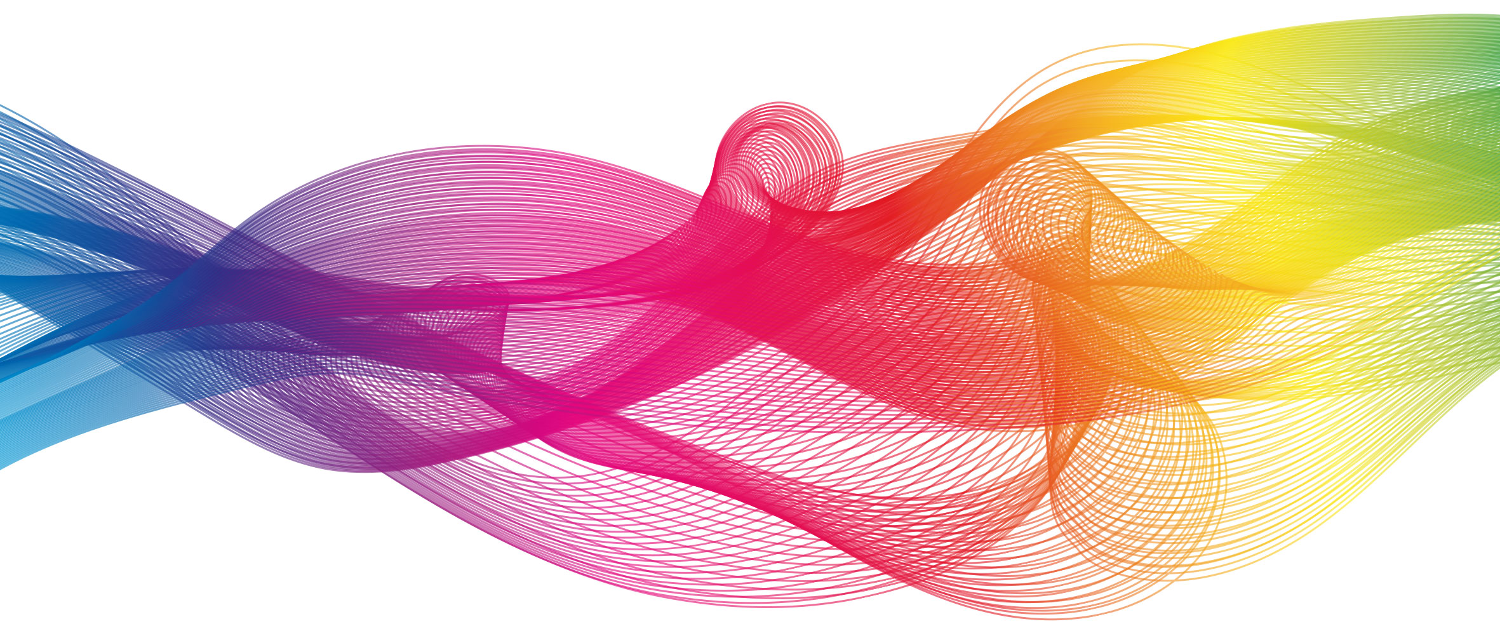Mit dem Hype um ChatGPT ist eine breite Öffentlichkeit darauf aufmerksam geworden: Kommunikative KI – die Verbreitung generatier KI zum Zweck der Kommunikation – verbreitet sich zunehmend. Aber was heißt es genau, wenn so Maschinen Teil menschlicher Kommunikationsbeziehungen werden? Wie verändert sich die gesellschaftliche Kommunikation damit? Inwieweit sind die digitalen Infrastrukturen der Kommunikativen KI eine Herausforderung für Umwelt und Klima? Welche neuen Arten menschlicher Arbeit werden mit der Kommunikativen KI entstehen – und welche Berufsfelder werden möglicherweise verschwinden? Was bedeutet das alles für die menschliche Praxis und wie ist eine Governance Kommunikativer KI möglich?
Es sind diese Fragen, die wir gemeinsam mit internationalen Expert:innen an der Universität Bremen diskutieren wollen. Eingeladen sind folgende Vortragende:
• 21. November 2023 – Prof. Dr. Julia Velkova (Linköping University, Schweden): „Greening the cloud: data and energy entanglements in friction“
18.00-20.00, Rotunde, Cartesium (auch Teil der FB9 Nachhaltigkeitsvorlesung)
• 28. November 2023 – Prof. Dr. Nick Couldry (LSE, Großbritannien): “AI as Knowledge Capture and Colonial Landgrab”
18.00-20.00, SFG 1040
• 05. December 2023 – Prof. Dr. David Gunkel (Northern Illinois University, USA): „The Relational Turn: A Techo-Ethics for the 21st Century and Beyond“
18.00-20.00, SFG 1040
• 16. January 2024 – Dr. Arne Hintz (Cardiff University, Großbritannien): „Deciding about Communicative AI: Governance, Participation and Social Justice“
18.00-20.00, Rotunde, Cartesium (auch Teil der FB9 Nachhaltigkeitsvorlesung)
• 30. January 2024 – Prof. Dr. Petter Bae Brandtzaeg (University of Oslo, Norwegen): „The Future of Free Speech in an AI-Driven Society“
18.00-20.00, SFG 1040
Wir laden die interessierte Öffentlichkeit ein, die Ringvorlesung zu besuchen, um das gesellschaftlich hoch relevante Thema Communicative Artificial Intelligence zu diskutieren. Die Veranstaltungen werden in englischer Sprache durchgeführt. Alle Expert:innen sind persönlich vor Ort in Bremen anwesend. Sollten Sie aus irgendeinem Grund nicht in der Lage sein, persönlich teilzunehmen, besteht die Option der Online-Teilnahme. Um den Zugangslink zu erhalten, schreiben Sie bitte an: yoezer@uni-bremen.de. Für weitere Informationen besuchen Sie bitte unsere Website:
